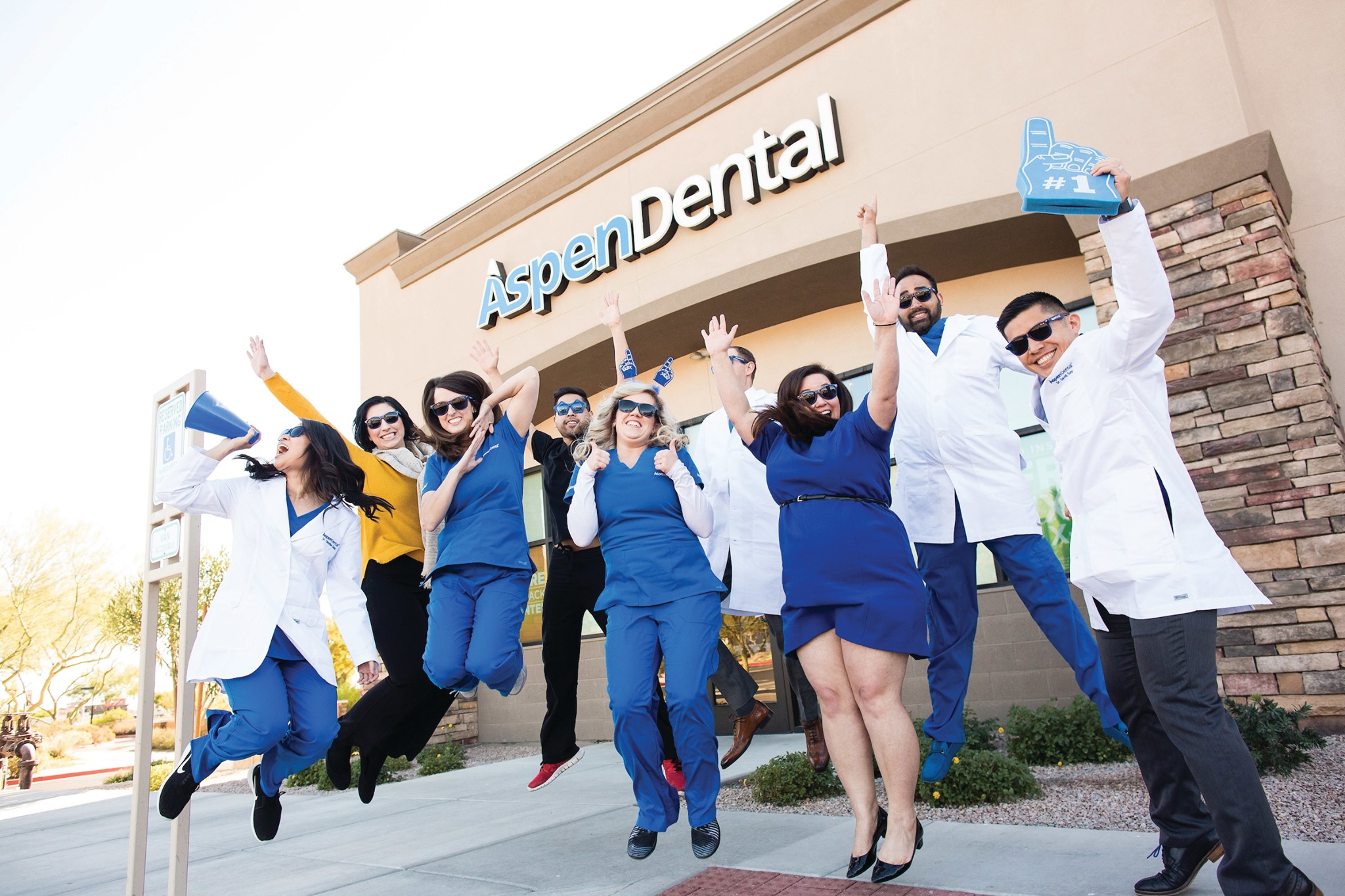After Getting A Filling

The relief of having a cavity filled and the discomfort of the procedure behind you. However, the story doesn’t end there. After getting a filling, there are several things you should know and do to ensure your tooth heals properly, and you avoid any potential complications.
Firstly, it’s essential to understand that your tooth and the surrounding area may feel sensitive after the procedure. This sensitivity can be due to the drilling, the filling material, or the injection site of the anesthetic. The good news is that this sensitivity is usually temporary and should subside within a few days. If the sensitivity persists or is severe, you should consult your dentist, as it could indicate that the filling is too high or there is an underlying issue that needs attention.
To manage sensitivity and ensure a smooth recovery, your dentist may advise you to avoid certain foods and drinks for a while. Hot and cold foods and beverages are common culprits, as they can trigger sensitivity. It’s also a good idea to stick to soft foods for the first few days, gradually introducing harder foods as your tooth becomes less sensitive.
Another crucial aspect of post-filling care is oral hygiene. While it’s tempting to avoid the filled tooth when brushing and flossing, it’s essential to keep the area clean to prevent the buildup of plaque and bacteria, which could lead to further decay or gum disease. Use a soft-bristled toothbrush and a fluoride toothpaste, and be gentle when flossing around the filled tooth.
In terms of dental work longevity, the material used for your filling plays a significant role. Amalgam fillings, made from a mixture of mercury, silver, tin, and copper, are durable and can last for up to 15 years. Composite resin fillings, which are tooth-colored, can last between 5 to 10 years, depending on their location and the patient’s oral hygiene habits. Gold fillings are the most durable and can last for 20 years or more but are more expensive.
It’s also worth noting that fillings are not a permanent solution. Over time, they can wear out, crack, or fall out, requiring replacement. Regular dental check-ups can help identify any issues with your fillings before they become major problems.
Common Issues After Fillings
While most people recover from fillings without any issues, there are a few common problems to watch out for:
- Toothache: If you experience a severe toothache or discomfort that doesn’t go away with over-the-counter pain relievers, you should see your dentist.
- Bite Issues: If your filled tooth feels too high or uneven when you bite down, you need to have it adjusted. An improperly placed filling can lead to further tooth damage or TMJ issues.
- Allergic Reactions: Though rare, some people may be allergic to certain materials used in fillings, such as amalgam. Symptoms can include skin rashes, itching, or oral lesions.
The Importance of Follow-Up Care
After getting a filling, it’s not just about the immediate recovery; long-term care and check-ups are crucial. Regular dental visits can help in early detection of any issues with your fillings, ensuring they last as long as possible. Moreover, maintaining good oral hygiene practices at home can prevent the need for future fillings.
Frequently Asked Questions
How Long Does It Take for a Filled Tooth to Feel Normal Again?
+For most people, a filled tooth starts feeling normal within a few days to a week after the procedure. However, this can vary depending on the size of the filling, the material used, and individual sensitivity.
Can I Eat Normally After getting a Filling?
+It's recommended to avoid chewing or biting on the filled tooth for a few hours after the procedure, or until the anesthetic wears off. Stick to soft foods for the first day or two and gradually introduce your usual diet. Avoid hot, cold, hard, or sticky foods and candies that could dislodge or damage the filling.
How Often Should I Visit My Dentist After Getting a Filling?
+Regular dental check-ups are essential for maintaining the health of your filled tooth and overall oral health. Generally, you should see your dentist for a follow-up within 6 months after the filling to ensure the filling is performing well and there are no underlying issues.
In conclusion, while getting a filling is a common dental procedure, the aftercare is just as important as the procedure itself. By understanding what to expect and following your dentist’s advice, you can ensure your tooth heals well, the filling lasts as long as possible, and you maintain good oral health. Whether you’re dealing with sensitivity, wondering what foods to avoid, or considering your long-term dental health, taking the right steps can make all the difference in your recovery and ongoing dental well-being.
